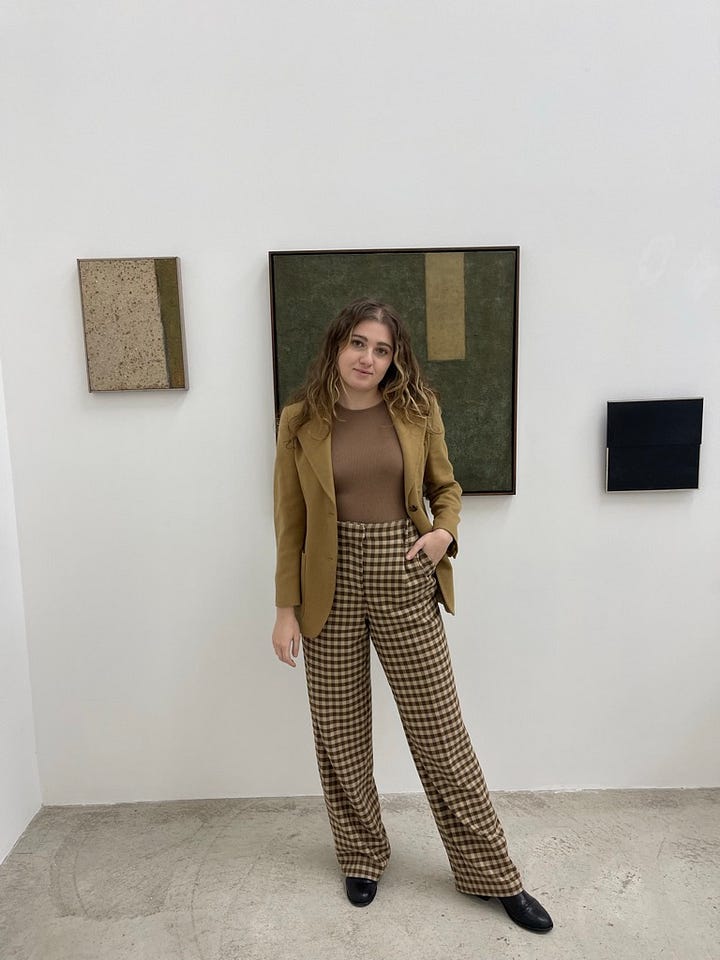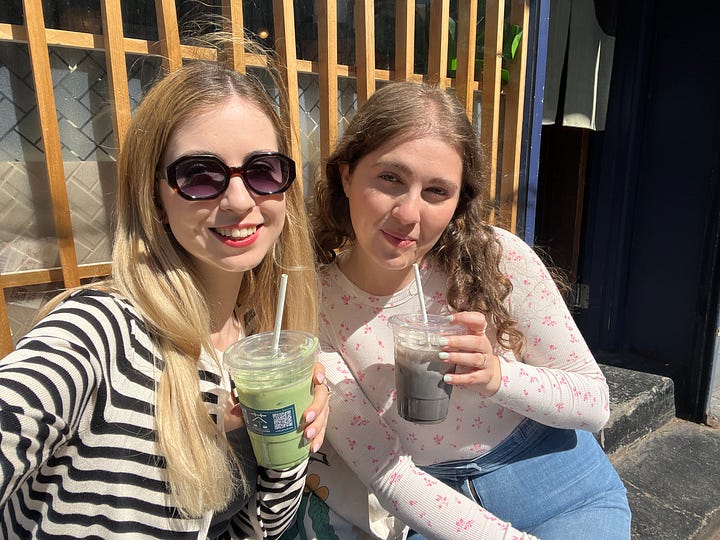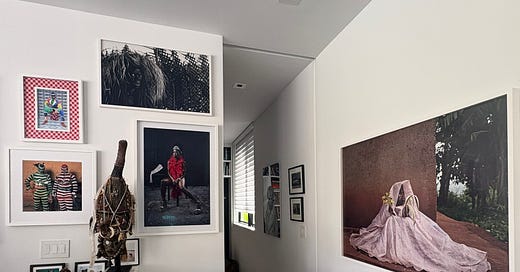Studio Hangouts #2: Sofia Zamboli
From museums to artist foundations, passing through the NYC gallery scene
In this edition of Studio Hangouts, I catch up with my amazing friend Sofia Zamboli, whose journey through the art world is as inspiring as it is multifaceted. We first met at the Institute of Fine Arts, NYU, and bonded over our shared internship experience at the Guggenheim in Venice, which set the tone for both our respective careers in modern and contemporary art, and for our friendship.
Sofia’s path has taken her from early internship at the Pérez Art Museum Miami to scholarly pursuits studying Armenian art with Professor Christina Maranci, and later through New York’s dynamic gallery scene at both Shin Gallery in the LES and Yossi Milo Gallery in Chelsea, where she held a role of executive assistant. Now pursuing her master’s at the IFA and working as a curatorial researcher at the Arman Studio Archive in Tribeca—collaborating on a monograph with Studio Celant in Milan—she continues to illuminate the intersections of Italian modernist art and artists of the Holocaust. Join us as we explore her experiences, reflections, and the passion that fuels her work in our ever-evolving cultural landscape.
Monica Seiceanu: How did your first internship at the Pérez Art Museum Miami shape your understanding of art and influence your subsequent career choices?
Sofia Zamboli: I was fortunate enough to work in the Director’s Office for a summer at the Perez Art Museum in Miami. The director, Franklin Sirmans, is a visionary and has totally changed the museum’s collecting ethos and culture in general. It was amazing to get a glimpse into what his day-to-day is like. I got to sit in on meetings for things I would have never previously imagined like weather crisis management. Basically, a committee meets to determine what would happen to the artwork in the case of a hurricane or tropical storm, which is a distinct reality in South Florida. I thought that was so interesting! I was also able to watch the installation of Yoan Capote’s monumental work Island (see-escape) made out of hundreds of rusted nails. This process was extremely tedious and took days to complete. Overall, my experience at PAMM allowed me to understand the multifaceted nature of the museum world. Each department is so vital in its own way, and the museum requires each one to function. Working at PAMM made me excited to continue pursuing a career in museums and understand the importance of art as a mode of community outreach.
M S: Let’s talk academia. Could you share what studying Armenian art taught you about the interconnections between cultural heritage and contemporary art practices? On a separate note, how would you say your time at the IFA more recently has shaped your perspective on art and scholarship?
S Z: Studying Armenian art (even though I did not know it then) had a big influence on my current research on the Art of the Holocaust. While at Tufts University studying art history, my senior year I was one of the organizers for a show called Connecting Threads / Survivor Objects at the Tufts University Art Gallery curated by Professor Christina Maranci. Professor Maranci is one of the most passionate art historians I have ever met. Her knowledge and desire to impart that knowledge to others really inspired me at Tufts and made me want to learn more about Armenian art. For the show, we studied various unresearched ecclesiastical garments at The Armenian Museum of America in Watertown, Massachusetts. These works can be categorized as survivor objects or works that made it through the Armenian Genocide and into the USA. The wonder of their existence and the value Armenians placed on them, enough to risk their own lives to migrate with them, fascinated me. I use a similar approach when looking at Art of the Holocaust, which can also be characterized as survivor objects. If Jews were caught carrying works that gave testimony, the Nazis would have executed them. I really value the artist’s ability to tell a story and survivor objects do the same thing. I wish to share those stories in my scholarship.
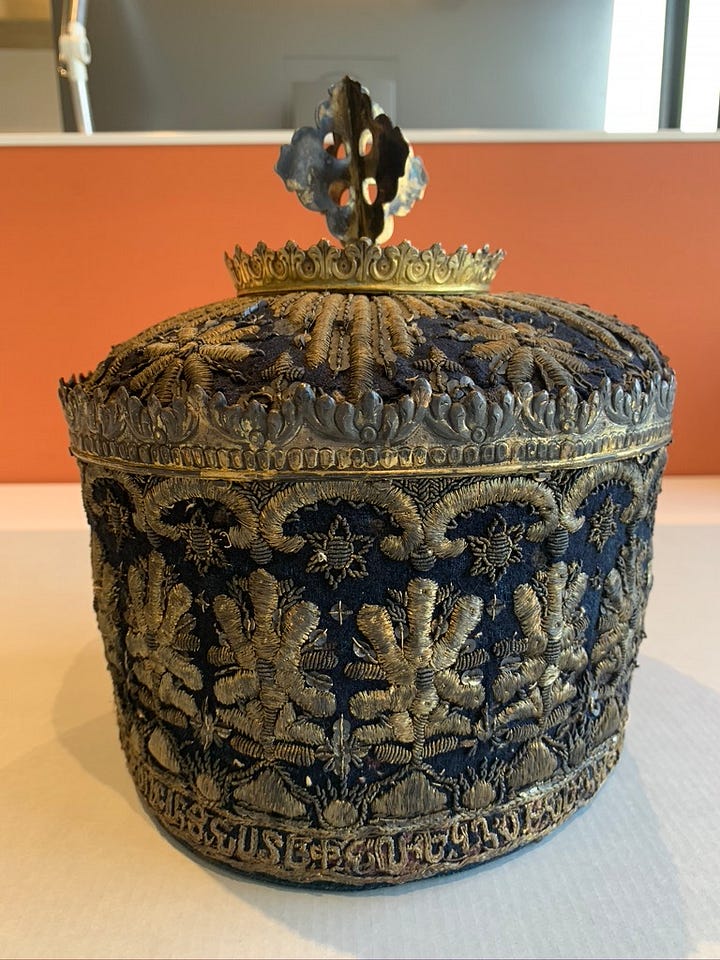
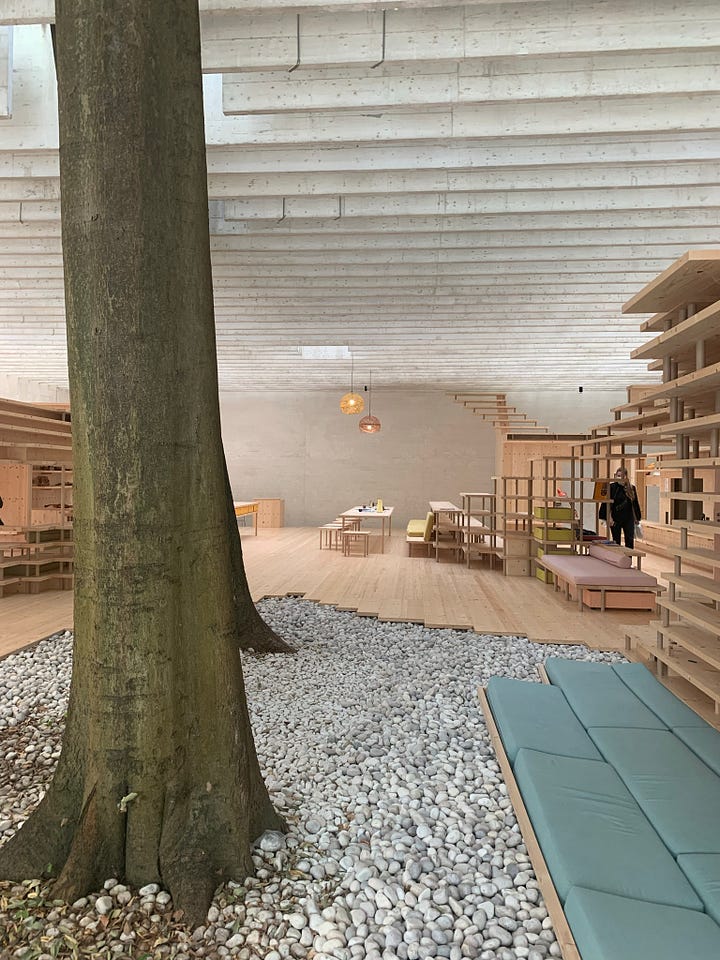
M S: What was it like working at the Guggenheim in Venice, and how did that experience, which we both share, influence your thoughts on museums and education?
S Z: Working at the Guggenheim in Venice was a fundamental experience in shaping my knowledge of the art and museum world. While I was at the PGC one of the things I did was work in the Education Department organizing Kids Days. There I planned programming for children surrounding the art in the collection, gave them tours, and organized art projects surrounding the theme of the day. Seeing young people interested and engaged with material I loved is a feeling I will never forget. This experience made me want to pursue a career in Art Education for a long time and I even considered getting a PhD to become a professor. Since then my ideas have changed a bit, but I still find educational programming in museums fundamental to the institution’s function. This type of programming makes museums, which can feel cold and confusing at times, accessible and exciting. I was also lucky that during my internship at the PGC it was an architecture and film biennale, so a lot was happening in the city! Being able to explore the island and all of its cultural and historical sites was absolutely incredible. During the internship, I also forged lifelong friendships and professional relationships. I still see my friends from the PGC to this day even though we are scattered across the globe!
M S: As someone who has worked in such various cultural environments, how would you compare the art scene in Miami and the one in New York? How about the one in Europe, with the example of Venice which you know so well?
S Z: It really is interesting how each city’s art community has its own distinct vibe. Growing up in Miami, I have fond memories of going to Art Basel every year with my grandparents. My grandparents are major art lovers and collectors, and they instilled in me my love for art. Over the years, however, I feel that the art community in Miami has become more about partying and less about the art itself. While I see a rise in art spaces opening up in Miami, I feel that there is a certain depth missing. Don’t get me wrong, there are museums and galleries in Miami that I love (like PAMM and Nina Johnson Gallery), but I feel that Miami still hasn’t reached the level of other global art communities, like that of New York or Venice.
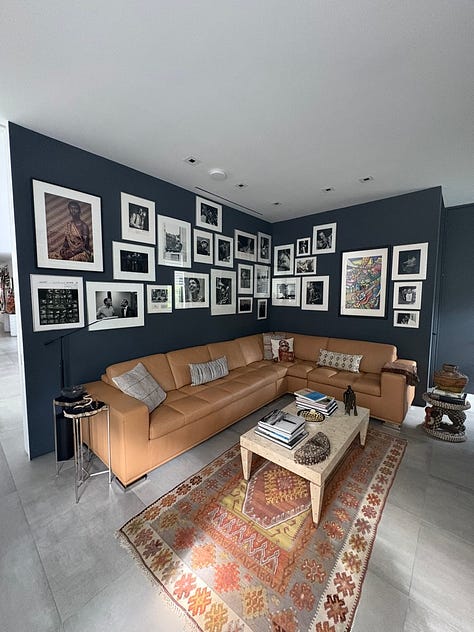

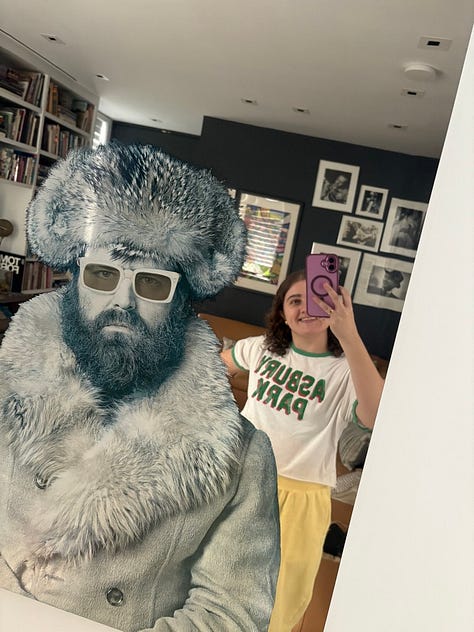
M S: Your current role at the Arman Studio Archive involves an in-depth exploration of a single artist’s life. How do you feel about moving from commercial galleries to working at an artist’s foundation, and what excites you most about this project?
S Z: Working at the Arman Studio Archive has been such an unexpected surprise for me over the past year! Previous to this experience, I had never worked in an archive and was curious to explore other facets of the art world besides gallery and museum spaces. What I have realized is that the archive is the source of everything! It is also the best way to get to know an artist’s work and persona. At the Arman Archive, I am fortunate to be working in the artist’s former home, so there are personal touches of him everywhere. Whether I am looking at pieces from his African art collection from my desk or reading handwritten letters he wrote to people like Roberta Smith or the Former Prince of Monaco, Rainier III, Arman’s presence is palpable. One of the most exciting aspects of working on this project is getting to talk to Corice Arman, Arman’s wife, about their life together and the many experiences they shared during their marriage. Corice is a fountain of knowledge and such a kind soul. It really is amazing hearing about the dinner parties she hosted at their apartment with guests like Andy Warhol, Keith Haring, and Frank Stella, to name a few. Perhaps one of the most satisfying aspects of this work, however, is getting to see the end result as a published monograph. While there is always more research to be done it will be so nice to, if you will, hold the work in my hands that I have spent so much time on.
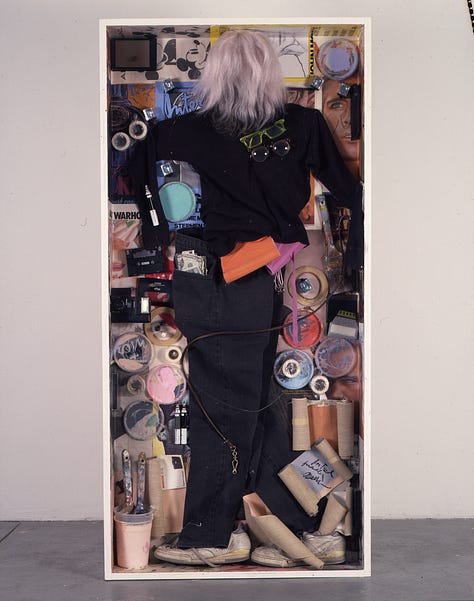
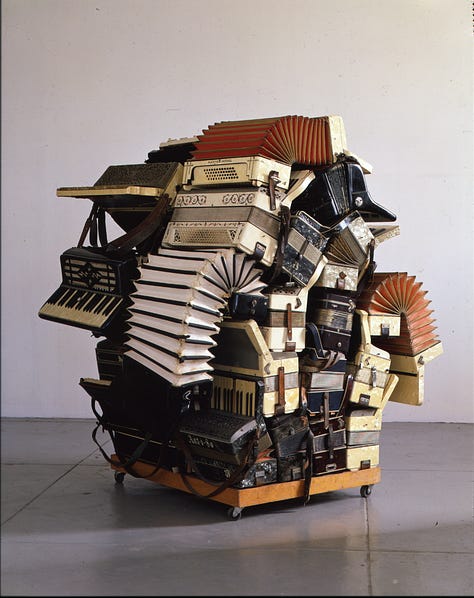
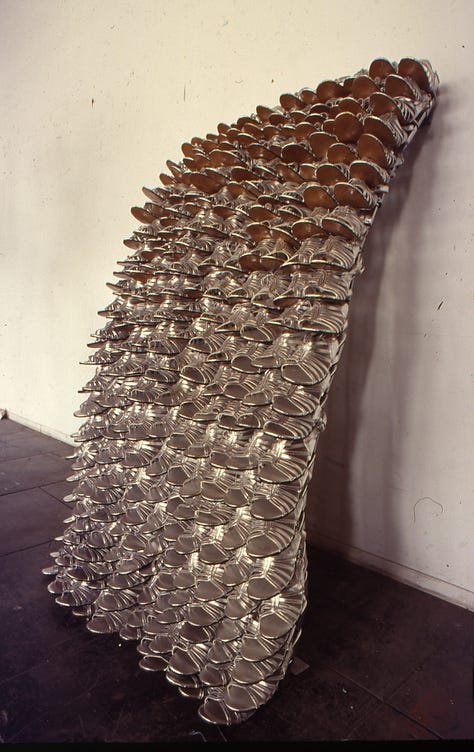
M S: What’s your favorite art space (museum, gallery, or studio) to spend time in? On that note, back in April we did our own downtown New York gallery tour together (and it was so much fun!). If you could create a Sofia Zamboli™ NYC gallery tour, what itinerary would that take?
S Z: My favorite art space at the moment is Hannah Traore Gallery in the Lower East Side. Every time I visit Hannah’s space I feel like I learn something new, whether it be discovering a new artist or perspective. Her roster of shows has been amazing, and she currently has a Hassan Hajjaj show on, who happens to be one of my favorite photographers. Not only are her shows thoughtfully curated and well executed, the design of the space is sleek and modern without being a white box. It is a joy to spend time in her gallery and to see a woman gallerist succeeding who prioritizes diversity and inclusion during an unfortunate time when that is frowned upon by our government.
If I were to take you on another gallery tour I probably would stick to the Lower East Side because I really do love the galleries here. Starting from my apartment on the corner of Grand and Essex, I would first walk over to James Cohan Gallery. They represent an amazing number of artists including a favorite of mine, Naudline Pierre. After James Cohan, I would take us up a few blocks to Perrotin Gallery. While Perrotin does have galleries in other cities I like their historicity of their shows, plus they have an amazing shop. Next would be the obligatory stop at Hannah Traore Gallery to see what she has on. She usually has two shows happening simultaneously, one in the front room and one in the back. After visiting the three galleries just mentioned I would grab a coffee and take us on a walk over to Tribeca to the new Jack Shainman Gallery. This space recently opened in the historic Clock Tower Building. The interiors are wonderfully ornate and compliment the Nick Cave pieces currently on display. After Jack Shainman, I would probably take us for a sweet treat in Chinatown before going home!
M S: With research interests spanning Italian modernist art and the art of the Holocaust, how do you navigate the convergence of these fields, and what do you hope to reveal about their shared histories? Also, what are your thoughts on having a clear distinction between the focus of your work and that of your own research?
S Z: Navigating the convergence of Italian modern art and the Art of the Holocaust is no easy feat, particularly because a large community of scholars on these topics does not exist. When I talk to people about my research, oftentimes they are shocked to hear that Italian Jews even exist in the first place. A large part of my research is raising awareness for Italian Jewish artists, especially those who perished during the Holocaust. Their work deserves to be known, seen, and looked at as testimony and historical documentation. Oftentimes, this work also consists of extremely intimate portraits of the people around them and their communities which have since been destroyed. I feel that not only Art History but Holocaust Studies and that of World War II would really benefit from looking at works such as these. Usually when mentioned in Art History classes and books, Italian modern art focuses on the works of Futurist artists like Umberto Boccioni and Gino Severini. While those works serve their purpose, my goal is for people to have a broader understanding of Italian modern art and for that understanding to include historically marginalized communities such as Italian Jews.
M S: As you continue to evolve in your career and academic pursuits, what emerging themes or projects are you most excited to explore in the coming years?
S Z: Going forward I am excited for the publication of the book I have been working on over the last year and a half! It is so thrilling that something I worked so hard on will be available to the public soon and that I will be able to hold the result of my research in my hands. Additionally, I am graduating from my master’s program in a few short months and that comes with a whole series of new possibilities for the future! While I love academia and have enjoyed being back in an academic setting for the past two years, I think it is time for me to take a break. After graduation, I am going to Mexico for ten days and cannot wait to engross myself in the art of the country. I have a laundry list of places that I plan to visit from the Frida Kahlo Museum to Casa Estudio Luis Barragán. I have always been really inspired by the art and culture of Mexico and even took a class on Mexican prints at the IFA last semester. Who knows where this trip will take me! I have always been interested in the Mexican-Italian connection since a lot of Italian artists left Italy before and during World War II and made Mexico their home. Maybe a research project will come out of the trip! ∎
